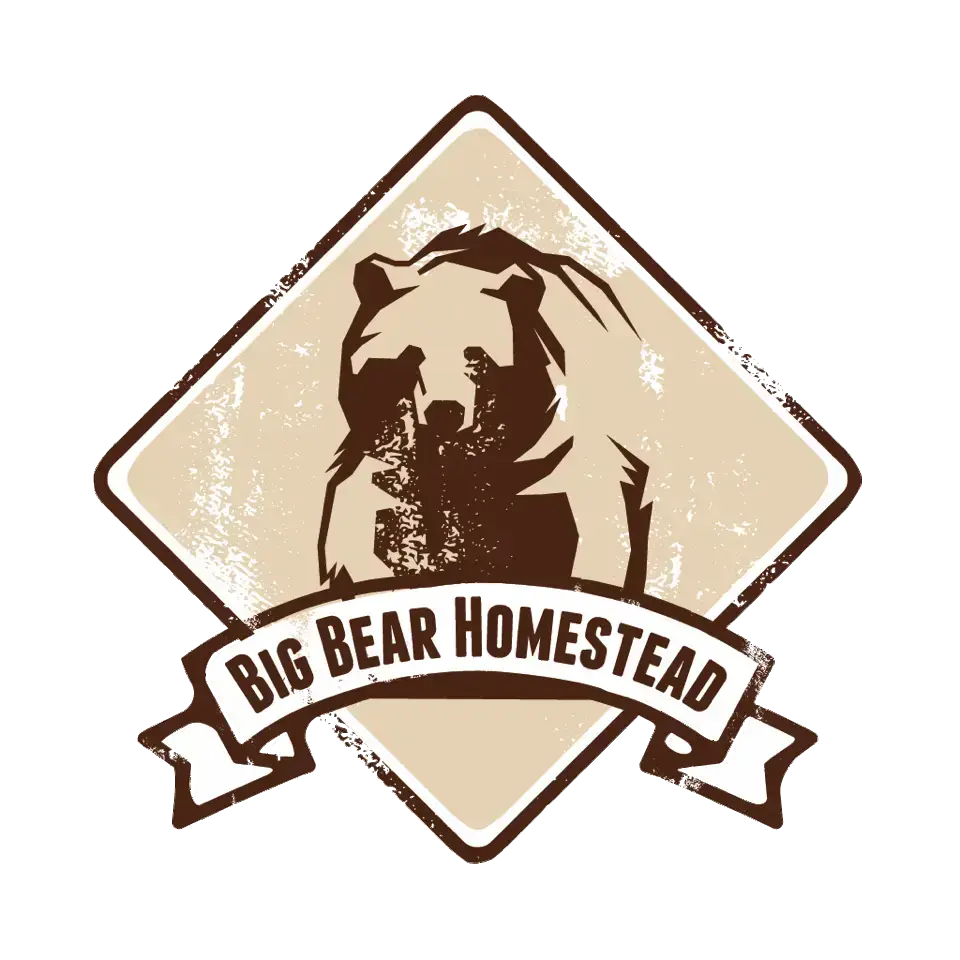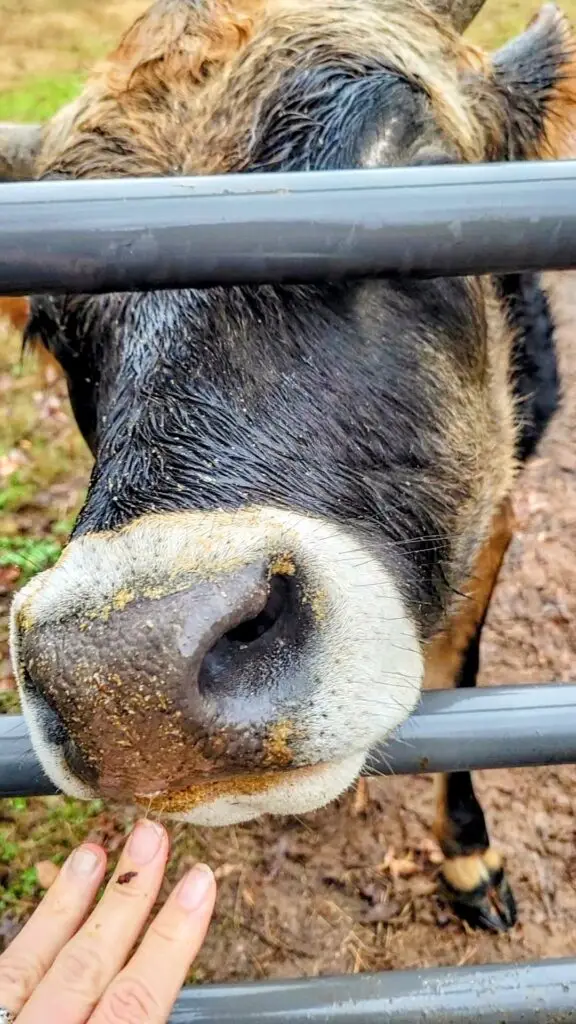
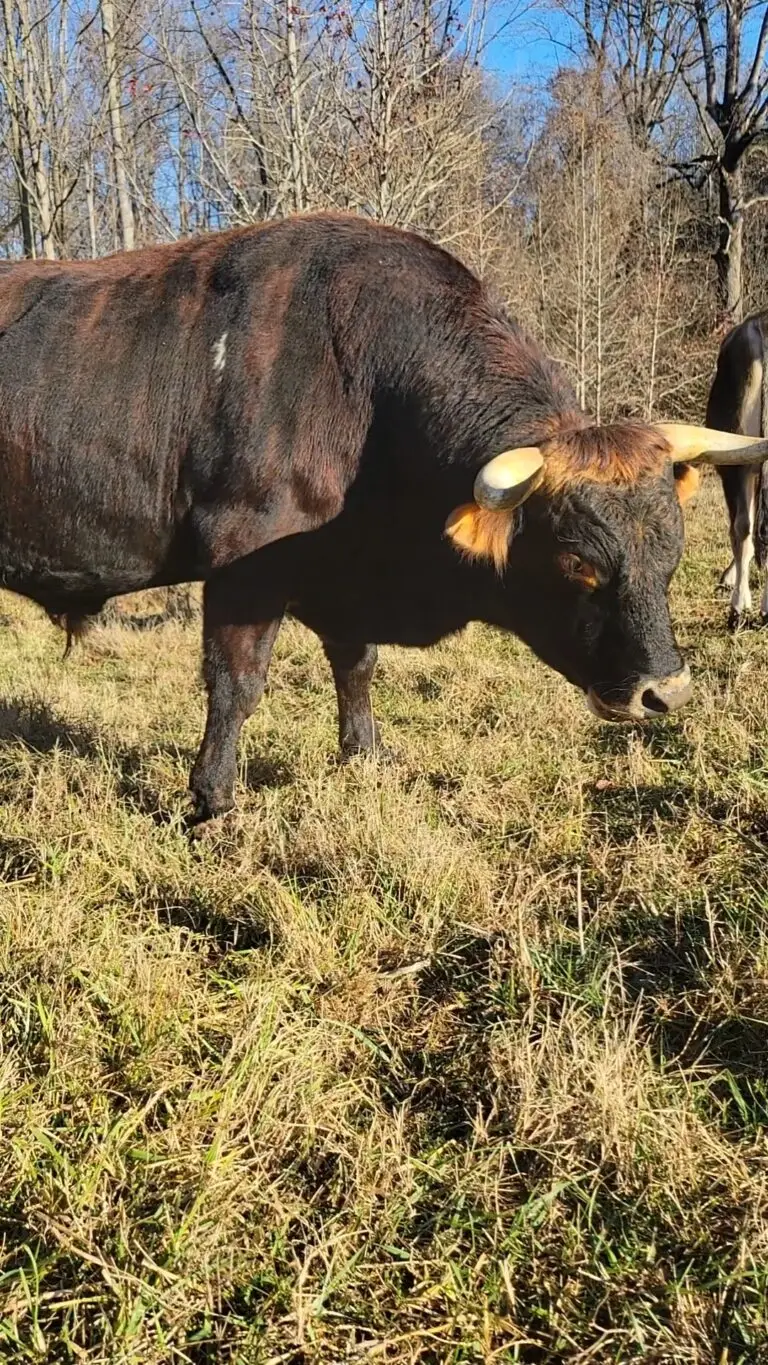
Cows: Beef vs. Dairy
There are basically three categories of cows: Dairy, Beef and Dual Purpose. All three of these have some things in common. They all need some type of pasture and feed. Those pastures need to be fenced at the perimeter with physical fencing (hard fencing) rather than psychological fencing like electric. They all produce meat, milk and manure. They will need a fresh water supply, whether it is a water trough or access to a water source like a pond or creek. They also need access to shade in the summer months for relief from the heat. Cows can and will get heat related illnesses. Speaking of illnesses, that is the last thing that these cows all have in common. They are all susceptible to illnesses and parasites. So you will need to monitor that closely in order to keep your cattle healthy.
So what makes beef cattle different from the others?
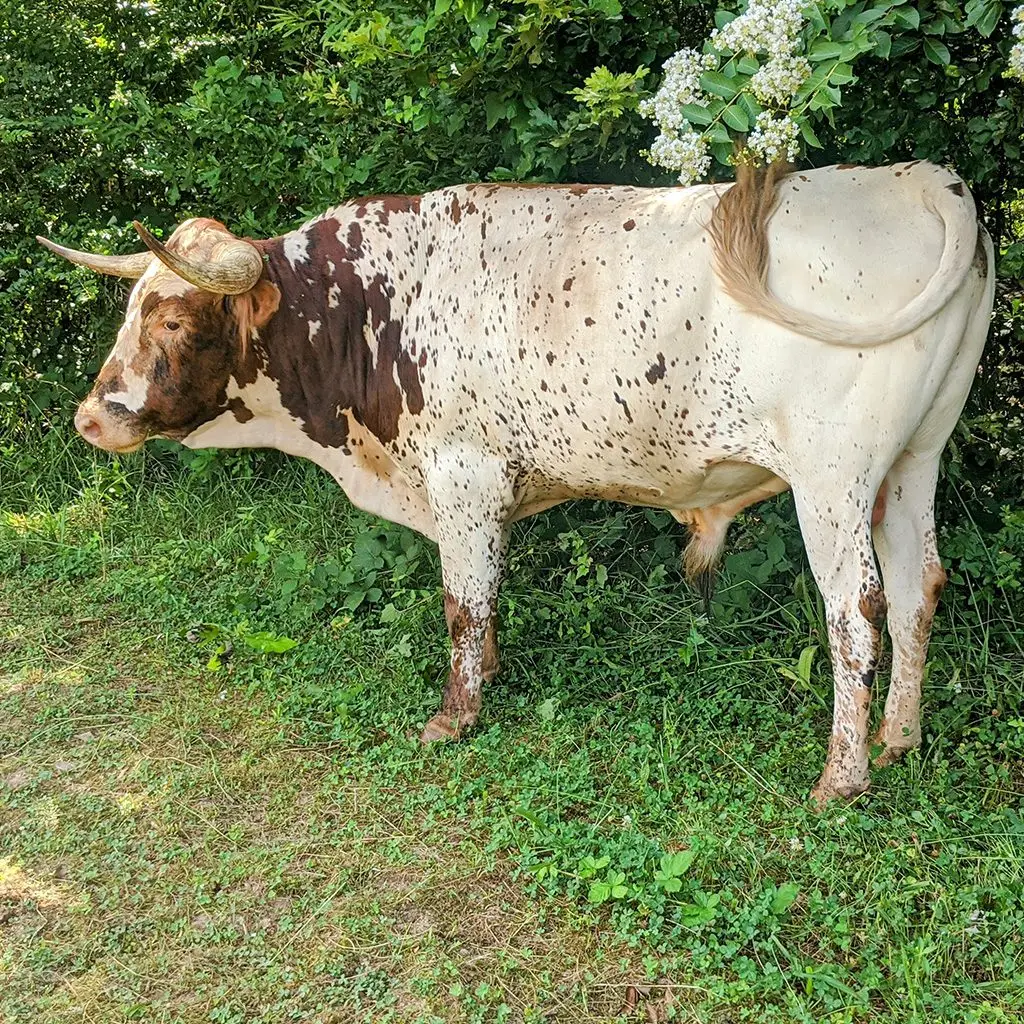
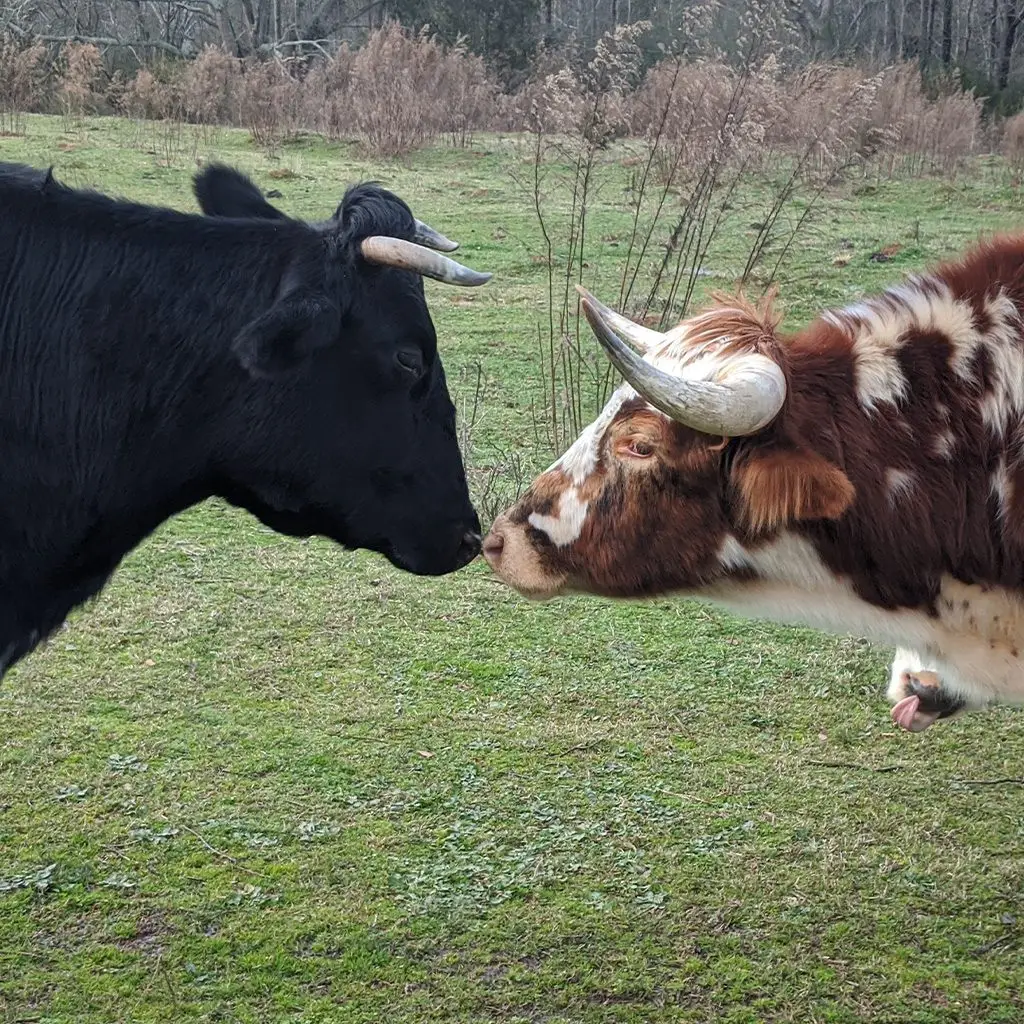
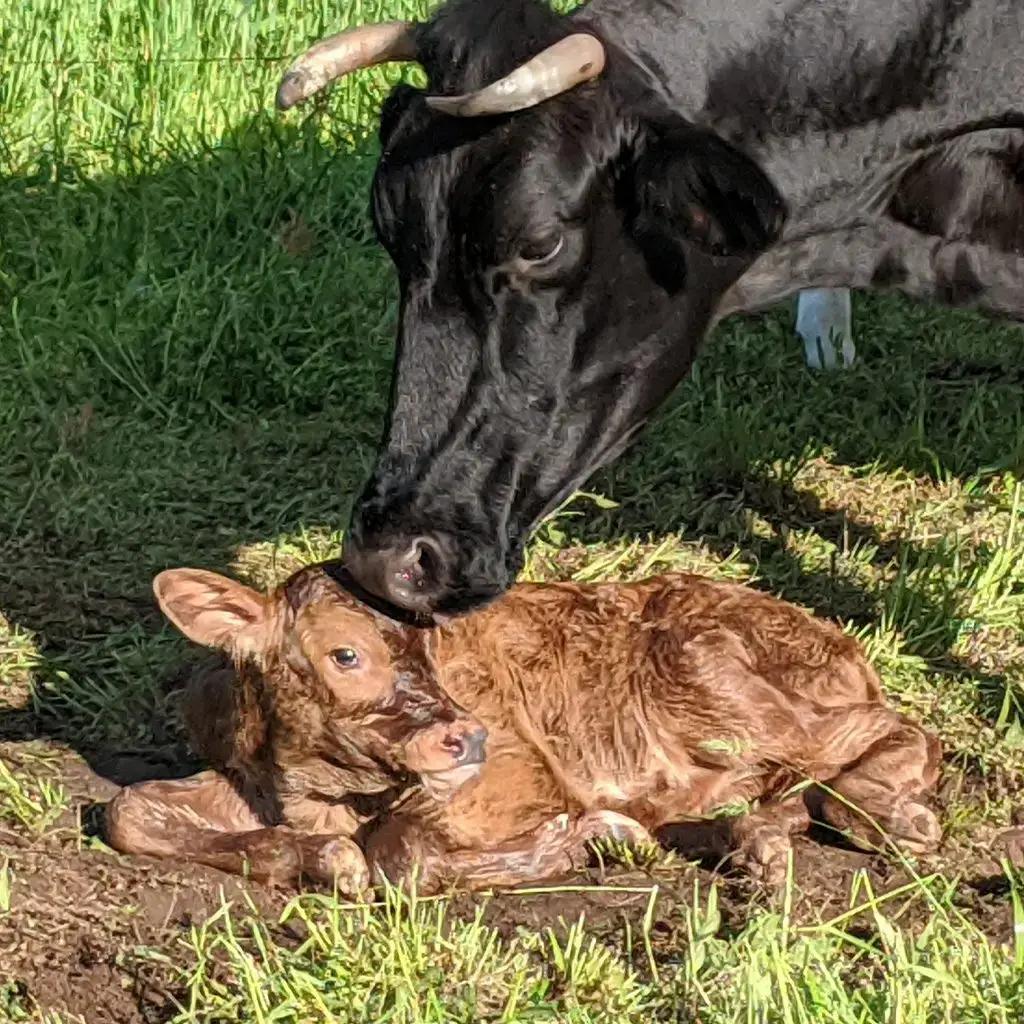
Beef cattle of the three categories is the easiest to raise. They require lower maintenance with a more hands off approach than dairy cattle. The only time you will have invested is when there is a health maintenance like worming that needs to be done or loading them up for processing. Now, that doesn’t mean you throw them in a pasture and forget about them. You still should do daily checks of your fencing and if you are rotating pasture, you may need to move them daily as well, depending on the size of the paddock and the herd.
The primary reason for raising beef cattle is to produce great tasting beef. I know I said that all cattle make beef, but beef cattle are built specifically to convert their food into muscle. All of their energy goes into converting grass into beef. For this reason, beef cattle are more muscular and evenly built.
But what about dairy cattle?
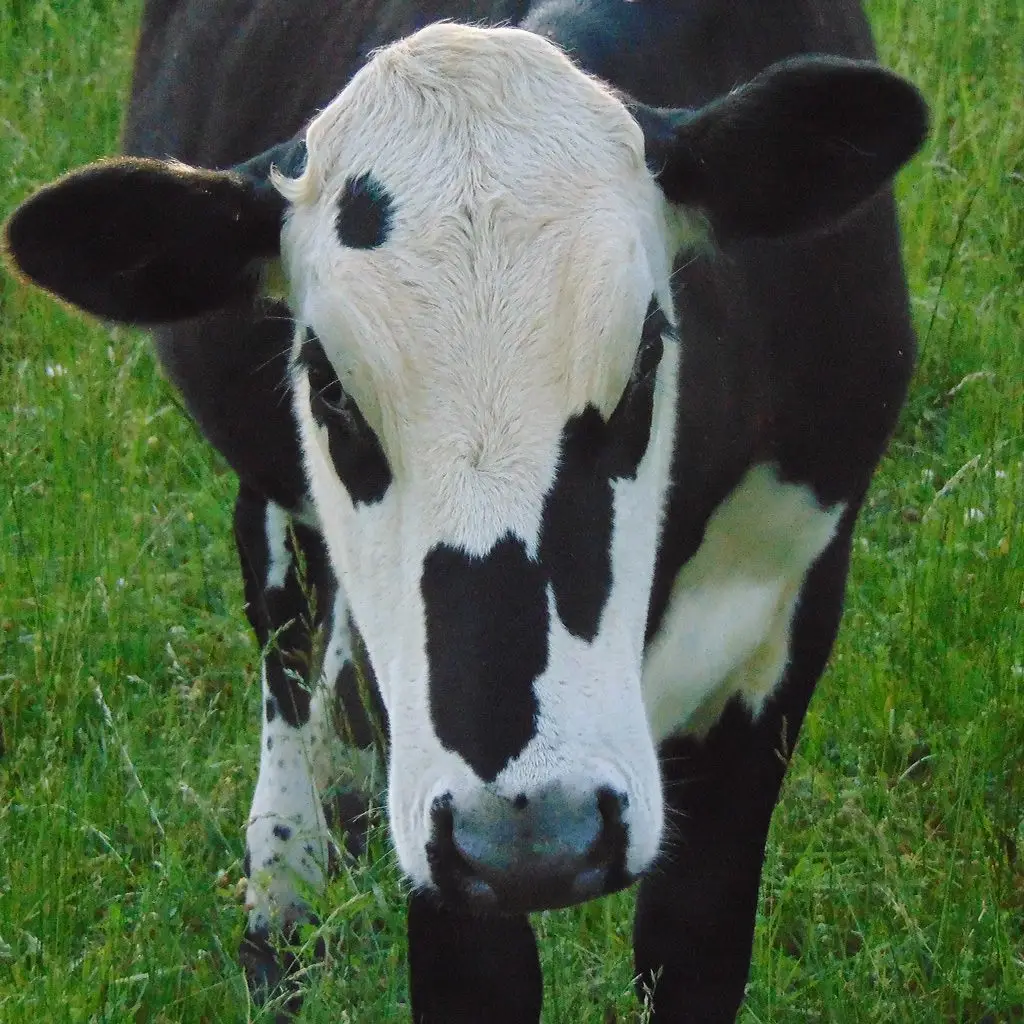
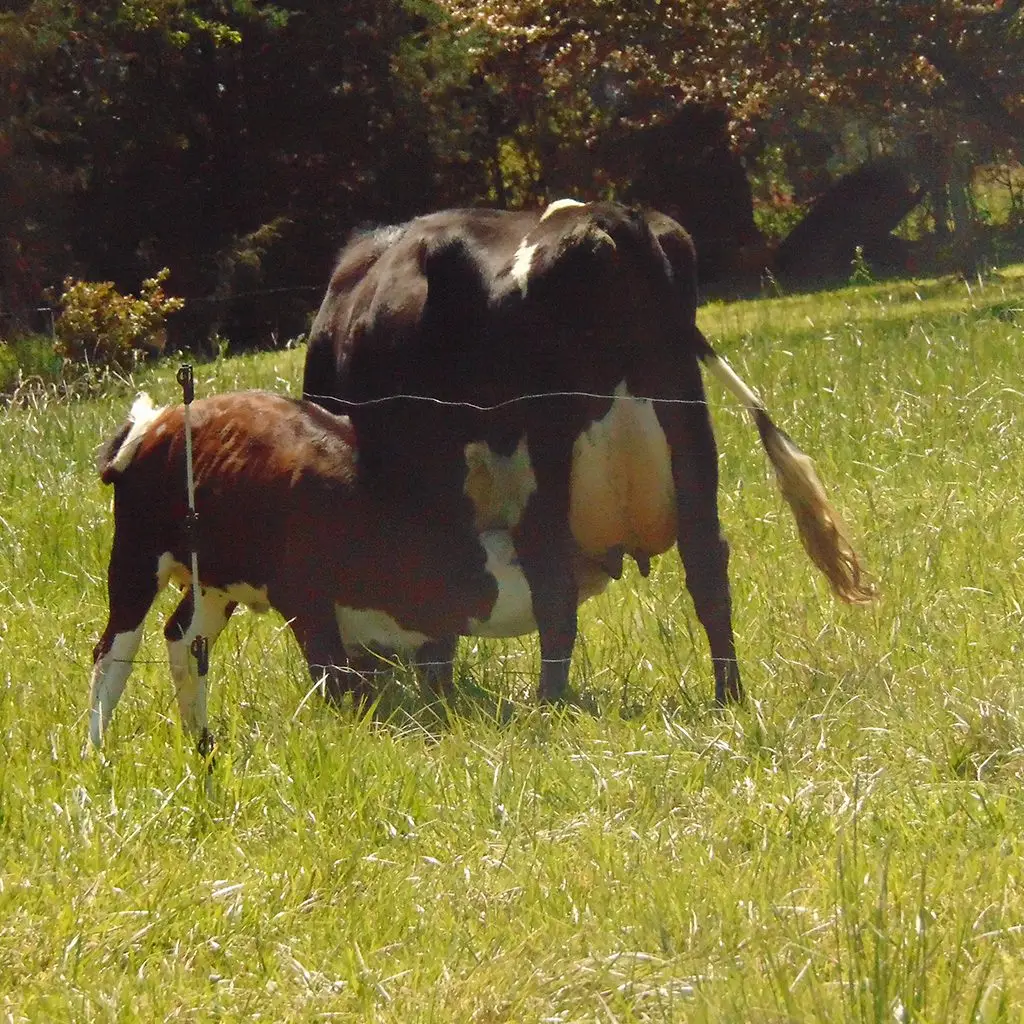
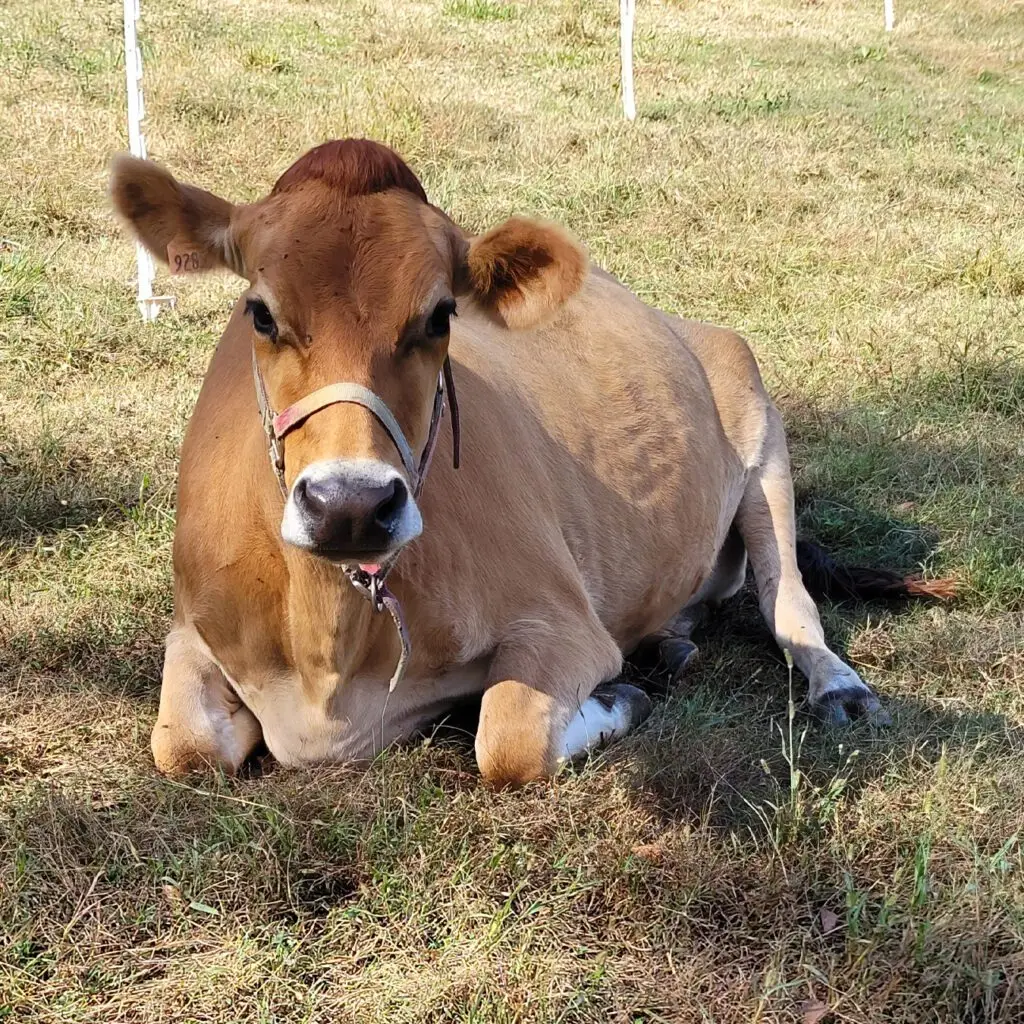
Obviously the main goal for raising dairy cattle is to produce dairy, whether it be milk, cheese, cream etc. All of a dairy cow’s energy is focused on producing milk. So instead of having an evenly built muscular beef cow, you will notice that a dairy cow’s body is more lean. To the average person, dairy cows are often perceived as “skinny.” Her hip and rib bones will be more noticable. The largest part of her body will be her udder. The udder might even be so large that it is hanging close to the ground. To maintain her daily milk supply, she will need access to more food and pasture than a beef cow as well as constant access to water.
The final category of cattle is dual purpose. These cattle are capable of producing average amounts of meat and average amounts of milk. The only problem is that they are hard to find and can be very pricey. Their temperament tends to be better than the diva dairy breed. Beef breeds are not really bred for temperament since you are not putting hands on them every day like a dairy cow. So, a dual purpose cow tends to be easier to handle.
For more on the differences between beef and dairy cows, check out the video below.
